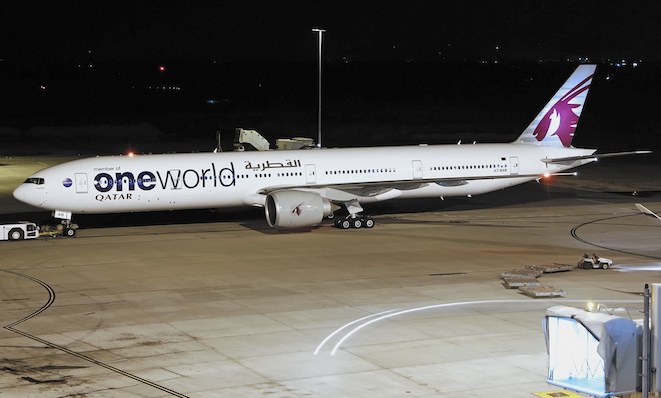
Airlines around the world eased back on growth in June amid escalating conflict in the Middle East, fears of an ebola outbreak and geopolitical tensions.
Figures from the International Air Transport Association (IATA) showed airline passenger numbers, measured by revenue passenger kilometres, rose 4.7 per cent in June, compared with the prior corresponding period. This was slower than the 6.2 per cent growth recorded in May and below the five per cent lift in capacity, or available seat kilometres, in the month.
While the June traffic results were encouraging and demand for air travel remained strong, IATA chief executive Tony Tyler said there were a number of challenges airlines would have to face in the period ahead.
“Risk is today’s reality, whether it’s conflict in the Middle East, sanctions and an impending trade war with Russia, possible default in Argentina or the ebola outbreak in Western Africa,” Tyler said in a statement. “We are optimistic that the industry will still end the year with an improvement in profitability over 2013. But the regional impact of some of these risks will challenge some airlines more than others.”
Tyler said IATA, which represents about 240 airlines or 84 per cent of all global airline traffic, was coordinating closely with the World Health Organisation and International Civil Aviation Organisation to ensure all carriers were well-prepared to deal with the situation.
“WHO currently advises that the risk to travelers is low and is not recommending travel restrictions or border closings,” he said.
In international passenger markets, Middle East carriers achieved a 10.8 per cent increase in passenger traffic in June, which coupled with a 5.9 per cent increase in capacity resulted in load factors rising 3.7 percentage points to 82.1 per cent.
Closer to home, capacity rose ahead of demand among Asia-Pacific airlines, with passenger numbers growing 4.9 per cent compared with a 6.7 per cent lift in capacity. As a result load factors slipped 1.3 percentage points to 77.9 per cent.
Among the major domestic markets, the strongest growth was in Russia and China, where passenger demand rose 12 per cent and 6.6 per cent, respectively.
Demand in the Australian domestic market continued to trail capacity growth, with revenue passenger kilometres up 2.4 per cent and available seat kilometres up 3.7 per cent, IATA said.
Interestingly, domestic travel in Brazil was flat in June, despite the world’s fifth largest economy being the host nation for the World Cup.
Passenger numbers rose 0.2 per cent, while capacity eased 2.5 per cent in the month.
“Conditions in the Brazilian economy have done little to boost growth in air travel this year, with inflation continuing to rise and consumer confidence on the wane,” IATA said.
LATAM Airlines Group, which own’s Brazil flag carrier TAM, lowered its profit forecasts for calendar 2014 after the event, due to reduced revenues during the month-long festival of football.
“The main driver of this downward revision is the negative impact of the World Cup soccer tournament, which took place in Brazil during June and July 2014, affecting corporate and tourism demand on routes to, from and within
Brazil during this period,” LATAM said in a statement on July 18.
“We estimate the impact of the World Cup on LATAM’S operating margin to be between US$140 million and US$160 million, mainly as a result of decreased revenues.”















